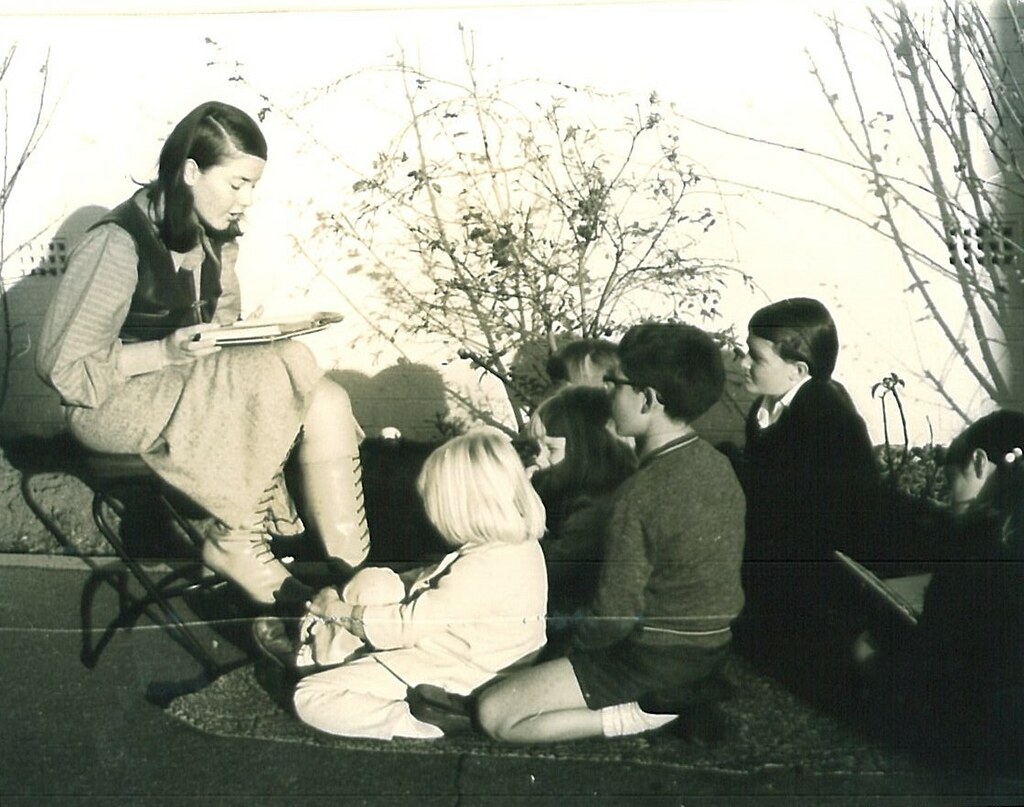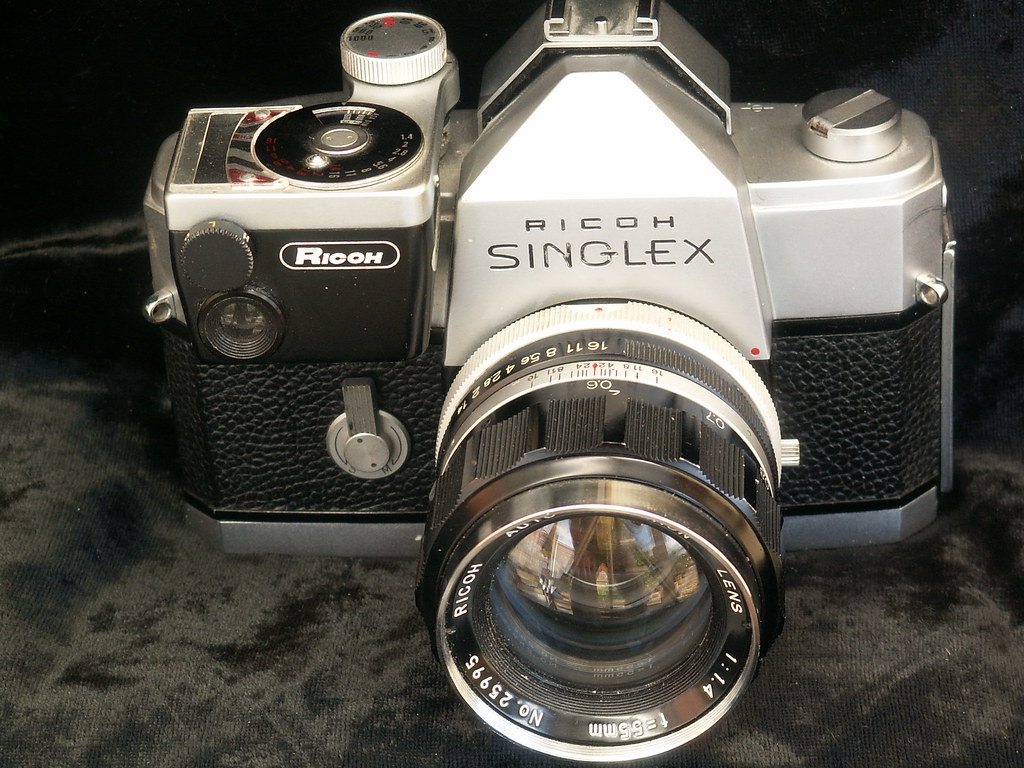 “The New ICON Dual-Operator System Offers Students the Most Up-to-date Features in Sound Design” by vancouverfilmschool is licensed under CC BY 2.0
“The New ICON Dual-Operator System Offers Students the Most Up-to-date Features in Sound Design” by vancouverfilmschool is licensed under CC BY 2.0
SUMMARY
Role
Sound Designer
Intention (SMART Goal)
By May 10th, as part of Team 1, I will explore the realm of post-production audio by following Techniques for ADR: How to record dialogue in post-production by the Videomaker website and will have created audio that match the dialogue and atmosphere for our session 5 film project.
PRE-PRODUCTION – INQUIRY
Leader(s) in the Field / Exemplary Work(s)
Theo Green – an ASCAP Award-winning British composer and Oscar winning sound designer. He is known for his music for The Gambler, House at the End of the Street, his Academy Award nominated sound design for Blade Runner 2049. and his Academy Award winning sound design for Dune. – Wikipedia
Training Source(s)
| Cue | Notes |
| goal | recreate the emotion, setting, and intensity of the original shoot – or possibly improve on it |
| supplies needed to succeed | mic, as well as a way to plug in mic into computer |
| audio | |
| editor | |
| computer | |
| voice actor | |
| do it as many times as it takes to get it right, editing may be used if perfection is non-achievable | |
| working with actors | not all ADR sessions involve full dialogue replacements |
| try to record from same distance and angle and use the same microphone that was used when originally filming scenes | |
| room tone | add background noise of the original location the scene was filmed at to make it seem more realistic |
Project Timeline
| Date | Things to do |
| April 25 | Explore different locations to film at |
| April 26 | Start filming |
| April 27 | Film |
| April 28 | Film |
| April 29 | Film |
| May 2 | Film |
| May 3 | ADR |
| May 4 | Edit |
| May 5 | Edit |
| May 6 | Slideshow |
| May 9 | Finalize everything |
| May 10 | Make sure everything is done(project due) |
PRODUCTION – ACTION
The (FILM, SOUND, or GAME Creation)
Skills Commentary
https://docs.google.com/presentation/d/1hnNaUdAU6zH3y5O8ByzuFqmWxrdA-ji7kfUNUfzCTlI/edit?usp=sharing
My name is Zane and I was the sound designer for this film session. Evidence of what I did is included in the slideshow.
POST-PRODUCTION – REFLECTION
21st Century Skills
Ways of Thinking (Creativity, Innovation, Critical Thinking, Problem Solving)
I showed ways of thinking by helping to come up with the sounds in the film.
Ways of Working (Communication & Collaboration)
I showed ways of working by collaboration by collecting fingernails for the film.
Tools for Working (Info & Media Literacy)
I used the Videomaker website for tools for working on ADR.
Ways of Living in the World (Life & Career)
Using complete ADR opened up more opportunities for me because of my new skillset.
Reactions to the Final Version
“I love the utilization of the sound effects and eerie music in the film” – Jack
“This is very cool what you put together. You should have confidence going into the next film…Keep going, great job” – James
“You did the eerie comedy part really really well…tighten up transitions…Keep doing more like this to find yourself improving.” – Tim
Self-Evaluation of Final Version
The film was simple because it was pretty easy to follow.
It was unexpected when the protagonist got saved by the hero.
It was emotional because the community is gone.
It had a story of the last remnants of the community coming together to defeat a common enemy.
Grammar and Spelling
I used edublogs spell check.
Editor
Ethan




